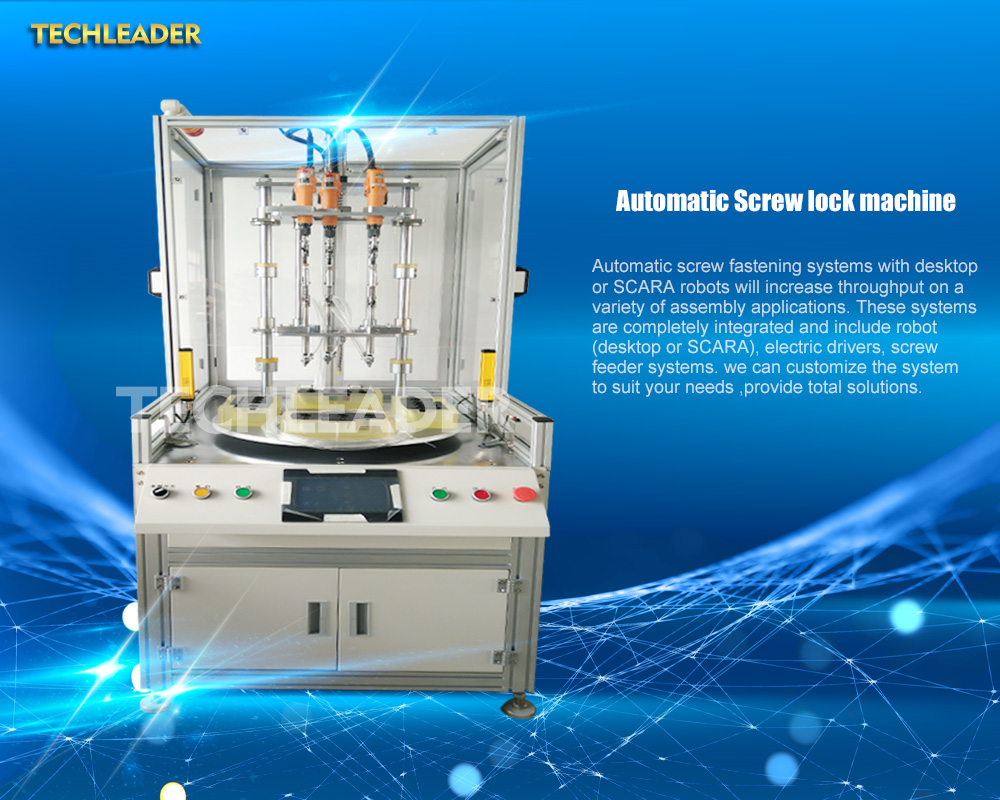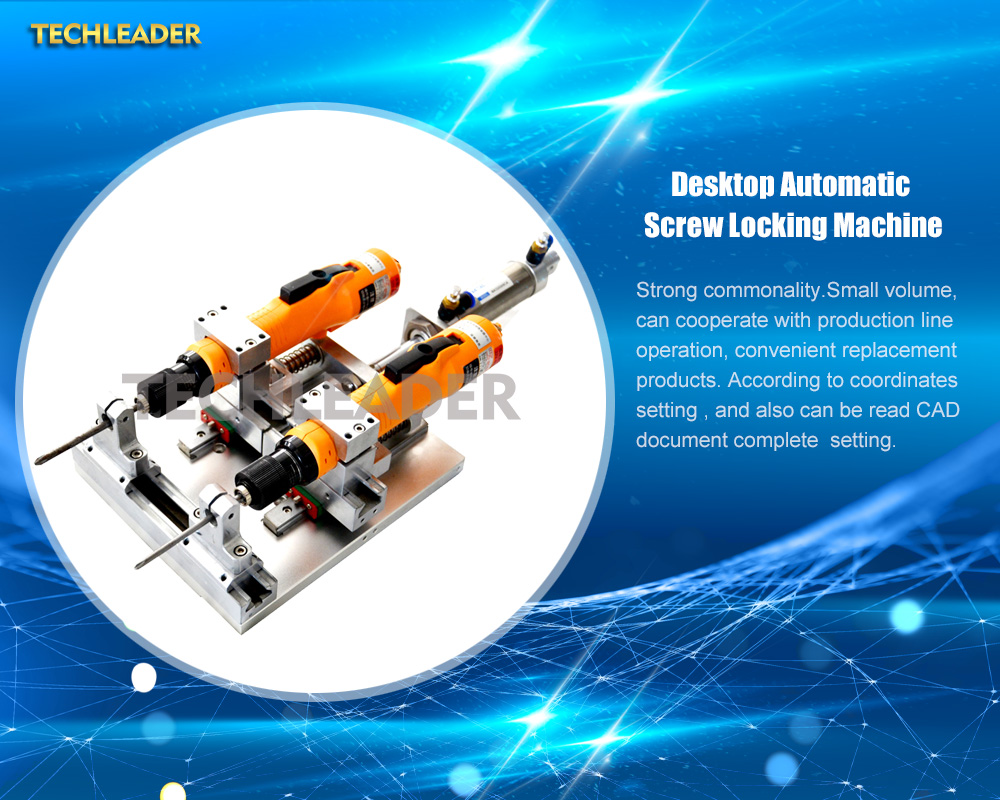The revolution of robotic screw driving by automated screw driving system
Technically, product assemblers use a range of tools to help drive screws. These tools could either be manual or semi automated. As these technologies are still being used to fasten up screws, some smart manufacturers have decided to push the envelope a little bit. They have decided to opt for the robotic screw driving process.
In these modern times, robots are far cheaper than they have previously been. This means that small manufacturers can now readily access them. Robotic screw driving is mostly used in assembly applications where high torque, quick changeover, and multiple fasteners are needed.
Suppliers of automated screwdrivers have tools which can be mounted to arms on traditional robots. Furthermore, most of these companies have developed tools that are compatible with collaborative robots. Robots produce a remarkable degree of precision and consistency. This is preferred over the results of traditional handheld systems for driving in screws. Robots always pinpoint a single location and drive in the screw while suing the same technical parameters repeatedly. This leads to more excellent repeatability, which cannot be found in humans.

automatic screw driving machine manufacturer
One reason robots are desired is that they never get tired and do not go for breaks. They ensure continuous productivity by working without ever stopping. Additionally, robots tend to be more flexible over the fixed screw driving method. Just one robot can be moved to different areas to drive the screws properly.
While robots are the new champions in the screw driving process, this type of method of driving screws does not correctly work with low quality or part misalignment fasteners. Most robots are not meant to adjust if there are variations among the components that they are joining.
One of the benefits of using a robot to drive in screws is due to ergonomics. You have several other benefits that come after this, such as repeatability and accountability of every screw that has been fastened.
Robotic screw driving comes with multiple benefits.
Currently, robotic screw driving has been exclusively meant for the automotive industry, where large fasteners are applied in the assembly of subassemblies like power trains and chassis. However, in different other types of applications, this technology is now being used readily.
One industry that moved in the adoption of robotic screw driving is the electronics industry. A majority of the high-volume electronics that are portable generally need fastening machines to help drive small screws, ranging between 1.2 and 3 millimeters in size. These manufacturers are on the lookout for such tools that have data traceability and error detection functions.
Furthermore, one other area where there seems to be an increased application in robotics is in contract manufacturing and consumer product manufacturing. Lots of these applications are equipped with assemblies that depend on screws to improve their serviceability.
The use of automation is ideal in handling products with smaller screws and smaller assemblies. Apart from the reliability of the process, robots prevent humans from working in operations that may be deemed challenging or potentially unsafe. However, one factor that has led to the wide adoption of robots in the screw driving trade is labor costs increasing. This helps justify the cost of purchasing a robot. They are safer, easily programmed, and run at an efficiency of 100% the whole day.
One other reason that robots are ideal over traditional and fixed automation is that they are increasingly flexible. Since the life cycles of products are becoming increasingly shorter, for most engineers flexibility is something that they continue to think about.
Robots are known for their speed, which is the biggest benefit of using them to drive screws. After speed, accuracy comes next. This is evident in the entire automation process. There is usually no time to fumble around, trying to get a driver lined up with the screw thread. The robotic process makes everything repeatable and fixtured.
One other thing to consider about robotic screw driving is the costs. The good thing is that over the years, it has been dramatically reduced. In the last ten years, there has been a 20 to 30% drop in the cost of robots.
Too many options to choose from
Most industry experts believe that there has been a recent spike in robotic technology interests for driving screws within the last few years. This has led to a corresponding decrease in the demand for traditional units that are hand-operated.
People fancy the robotic option because they are given more control when working. A robot knows if it places the screw accordingly. It can report whether every screw got installed with the right depth and the proper torque. One thing about robots is that they report themselves even when they do the wrong thing. You do not find this element with human operators who are either scared of getting yelled at or losing their jobs.
Robots are known to drive in screws from every direction. At times, they do this at various torque needs. They can also drive in screws of various sizes using different feeders for every fastener type.
While there are lots of robots ready to be deployed in the screw driving industry, it is essential to note that every one of these robots comes with their merits and demerits. Individual robots are perfect for handling screw driving applications since they are very accurate and have lots of torque. One such example is the SCARA robots. They can do this because they have the Z-axis, which is built inside their system. This enables the engineers to use the tooling that can be used with various parts along with different heights. This easily allows for the robot’s coordinates to be changed.
If you have to install many screws on one plane, you could use Cartesian robots for this purpose. They can handle tasks involving more force over SCARA robots. Cartesian robots are more affordable than their SCARA counterparts. They also come with a massive footprint, which is suitable for big parts.
One other option of robots are the six-axis robots that are perfect for lots of screw driving purposes. This is because the six-axis robots offer an articulated motion. The Six-axis robots have a spherical casing, unlike the Cartesian robots (rectilinear work casing) and the SCARAS (spherical work envelope).

automatic screwdriving machine manufacturer
For more about robotic screw driving and automated screw driving system,you can pay a visit to automatic screw fastening machine screw tightening system manufacturer Huizhou Shengyang at https://www.automaticchina.com/ for more info.

